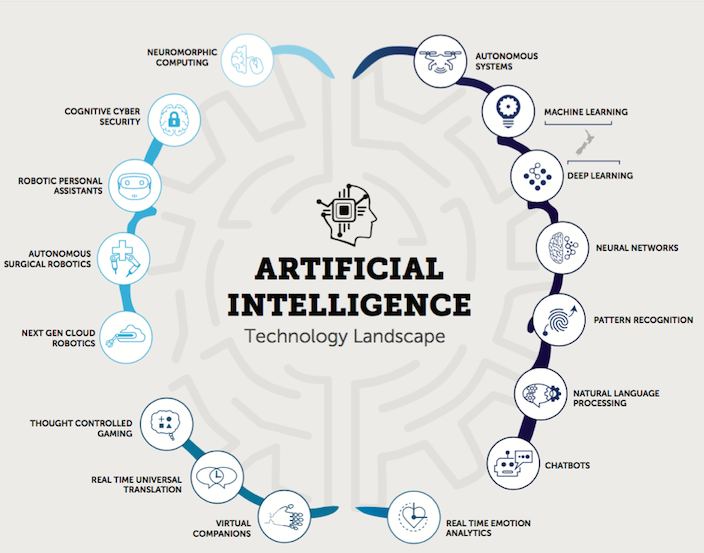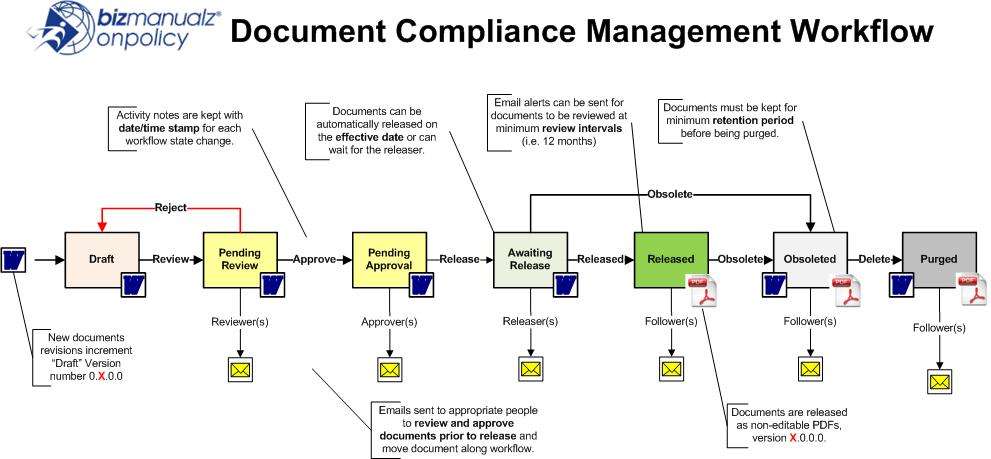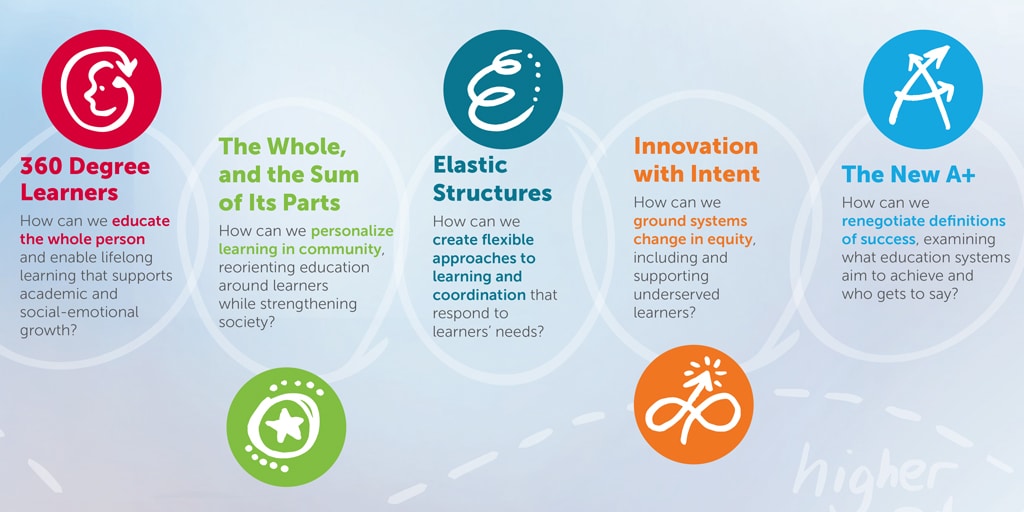Breaking Down AI Barriers: How Everyday Channels Transform Complex Tech into Accessible Visual Stories
I've witnessed firsthand how the right visual approach can transform intimidating AI concepts into empowering knowledge that anyone can grasp and apply.
The Gap Between AI Innovation and Public Understanding
I've observed a striking disconnect between the rapid advancement of AI technology and the average person's ability to comprehend its implications. While researchers and engineers push boundaries at breakneck speed, most people feel increasingly left behind, struggling to understand even basic AI concepts.
flowchart TD
A[AI Innovation] --> B{Communication Gap}
B --> C[Technical Jargon]
B --> D[Complex Mathematics]
B --> E[Abstract Concepts]
C --> F[Public Confusion]
D --> F
E --> F
F --> G[Educational Channels]
G --> H[Visual Storytelling]
H --> I[Public Understanding]
style A fill:#FF8000,stroke:#333,stroke-width:2px
style I fill:#66BB6A,stroke:#333,stroke-width:2px
style G fill:#42A5F5,stroke:#333,stroke-width:2px
Traditional tech communication often fails non-technical audiences because it relies heavily on industry terminology and assumes a baseline of technical knowledge that simply doesn't exist for most people. I've seen countless presentations where brilliant innovations go unappreciated simply because they weren't communicated in accessible terms.
This is where educational AI channels emerge as crucial bridge builders. By transforming complex algorithms and abstract concepts into visual narratives, we're witnessing a democratization of technology knowledge. Visual storytelling has become our most powerful tool for making the incomprehensible comprehensible.
To effectively bridge this gap, I recommend leveraging PageOn.ai's Vibe Creation feature, which transforms technical jargon into conversational narratives. This approach allows us to maintain technical accuracy while ensuring the content resonates with everyday audiences who deserve to understand the technology shaping their world.
Core Elements of Successful AI Simplification
Through my experience creating accessible AI content, I've identified several key elements that consistently help audiences grasp complex concepts. The foundation lies in breaking down intimidating algorithms into digestible visual blocks that people can understand piece by piece.

The power of metaphors and real-world analogies cannot be overstated in AI education. When I explain neural networks as "decision trees that learn from experience," or describe machine learning as "teaching a computer through examples rather than explicit rules," I see immediate comprehension dawn on faces that were previously confused.
Effectiveness of Different Teaching Methods
Creating step-by-step visual workflows for abstract concepts has proven invaluable. When we integrate PageOn.ai's AI Blocks to build modular explanations like LEGOs, complex systems become approachable. Each block represents a single concept, and by combining them, we construct understanding gradually and systematically.
From Fear to Familiarity
I've found that addressing common AI misconceptions through clear visuals is essential for building confidence. Many people fear AI because they don't understand it. By creating progressive complexity layers, we allow learners to advance at their own pace, building familiarity before tackling more challenging concepts.
This approach directly connects to successful AI implementation strategies that I've seen transform hesitant teams into confident AI adopters. The key is always starting with the familiar and gradually introducing the new.
Making AI Practical: Real-World Applications Everyone Can Grasp
One of my most effective strategies involves translating AI capabilities into everyday use cases that resonate with people's actual experiences. Instead of discussing abstract algorithms, I show how AI helps with tasks they already do daily.
flowchart LR
A[Daily Task] --> B[Without AI]
A --> C[With AI]
B --> D["Manual Data Entry
2 hours"]
B --> E["Report Creation
3 hours"]
B --> F["Email Sorting
1 hour"]
C --> G["Automated Entry
5 minutes"]
C --> H["AI-Generated Reports
30 minutes"]
C --> I["Smart Filtering
Instant"]
D --> J[6 Hours Total]
E --> J
F --> J
G --> K[35 Minutes Total]
H --> K
I --> K
style C fill:#66BB6A,stroke:#333,stroke-width:2px
style K fill:#42A5F5,stroke:#333,stroke-width:2px
style J fill:#FF6B6B,stroke:#333,stroke-width:2px
Visualizing how AI boosts productivity in familiar work scenarios makes the technology immediately relevant. I create before-and-after visual comparisons that clearly demonstrate AI's impact on everyday workflows, showing concrete time savings and efficiency gains.

When demonstrating time-saving workflows, I always use concrete examples from real workplaces. For instance, showing how an AI assistant can draft initial email responses saves 30 minutes daily, or how automated data analysis reveals insights that would take hours to find manually.
To enhance these demonstrations, I use PageOn.ai's Deep Search feature to integrate relevant case studies and success metrics. This approach transforms abstract benefits into tangible, measurable outcomes that people can relate to their own work experiences.
Democratizing Advanced AI Concepts
My mission extends beyond basic AI literacy—I'm passionate about making AI agents accessible to non-technical users. This democratization process requires careful visual design and thoughtful explanation strategies.
AI Understanding Journey: From Novice to Creator
Visual guides for understanding AI agents without coding knowledge have proven transformative. I break down complex agent architectures into simple visual components, showing how each piece contributes to the whole system's intelligence.
When discussing the billion agent future, I create understandable scenarios that help people visualize this transformation. Interactive visual timelines show AI evolution from simple chatbots to sophisticated autonomous systems, making the progression tangible and less intimidating.

To transform these abstract AI concepts into clear visual narratives, I leverage PageOn.ai's Agentic approach. This methodology allows us to create interactive, adaptive content that responds to individual learning needs while maintaining conceptual clarity.
Building Visual Learning Pathways
I've developed progressive difficulty levels in content presentation, ensuring learners never feel overwhelmed. Each level builds upon the previous one, creating a natural learning progression that feels achievable rather than daunting.
Interactive elements that adapt to viewer understanding have become crucial in my approach. When someone struggles with a concept, the system provides additional visual explanations or simpler analogies. This adaptive learning ensures no one gets left behind.
Community-driven examples and explanations enrich the learning experience. I've found that peer-to-peer learning, facilitated through visual storytelling, often resonates more deeply than expert instruction alone.
The Channel Architecture: Design Principles for Maximum Clarity
Creating an effective AI education channel requires meticulous attention to design principles. I've developed a consistent visual language that works across all complexity levels, ensuring viewers can focus on learning rather than decoding new visual systems.
flowchart TD
A[Design System] --> B[Visual Consistency]
A --> C[Color Coding]
A --> D[Iconography]
A --> E[Mental Models]
B --> F[Familiar Patterns]
C --> G[Concept Categories]
D --> H[Quick Recognition]
E --> I[Knowledge Building]
F --> J[Reduced Cognitive Load]
G --> J
H --> J
I --> J
J --> K[Enhanced Learning]
style A fill:#FF8000,stroke:#333,stroke-width:2px
style K fill:#66BB6A,stroke:#333,stroke-width:2px
My color coding and iconography system categorizes concepts intuitively. Machine learning concepts might use blue tones, while natural language processing uses green. This visual consistency helps viewers immediately understand what type of AI concept they're encountering.

Building mental models through repeated visual patterns has proven incredibly effective. When viewers see the same visual structure applied to different concepts, they begin to internalize the underlying logic, making future learning faster and more intuitive.
For content structuring, I utilize PageOn.ai's drag-and-drop AI Blocks feature extensively. This allows me to create modular content that can be rearranged based on audience needs while maintaining visual coherence. Each block represents a complete thought, making complex topics manageable.
Creating templates for different AI concept categories ensures consistency while allowing flexibility. Whether explaining supervised learning, reinforcement learning, or generative AI, the visual framework remains familiar, reducing the cognitive load on learners.
Measuring Impact: From Confusion to Confidence
Tracking viewer progression from basics to advanced concepts reveals the true impact of visual AI education. I've developed metrics that measure not just views, but actual comprehension and application of learned concepts.
Learner Confidence Progression Over Time
Visual feedback loops showing understanding milestones create a rewarding learning experience. When learners see their progress visualized, they're motivated to continue, creating a positive reinforcement cycle that drives deeper engagement.
Community success stories and transformation examples provide powerful social proof. I regularly showcase how individuals with no technical background have used visual learning to implement AI solutions in their work, inspiring others to begin their journey.

Before-and-after comprehension assessments reveal dramatic improvements. Learners who initially couldn't define "machine learning" are now building their own AI workflows, demonstrating the transformative power of effective visual education.
To showcase these tangible outcomes, I use PageOn.ai's visual storytelling capabilities to create compelling narratives around learner transformations. These visual case studies become powerful motivators for new learners beginning their AI education journey.
Future of AI Education: Interactive and Personalized Learning
Looking ahead, I see adaptive content that responds to individual learning speeds becoming the norm. We're moving beyond one-size-fits-all education toward personalized learning experiences that adjust in real-time to each learner's needs and pace.
flowchart LR
A[Learner Profile] --> B[AI Analysis]
B --> C{Learning Style}
C -->|Visual| D[Rich Diagrams]
C -->|Textual| E[Detailed Explanations]
C -->|Interactive| F[Hands-on Exercises]
D --> G[Personalized Path]
E --> G
F --> G
G --> H[Progress Tracking]
H --> I[Adaptive Adjustments]
I --> B
style A fill:#FF8000,stroke:#333,stroke-width:2px
style G fill:#42A5F5,stroke:#333,stroke-width:2px
style I fill:#66BB6A,stroke:#333,stroke-width:2px
AI-powered explanations tailored to viewer backgrounds represent the next frontier. Imagine content that automatically adjusts its examples based on whether you're a teacher, marketer, or healthcare professional, making every lesson immediately relevant to your context.
Building collaborative visual knowledge bases will transform how we collectively understand AI. Communities will contribute their own visual explanations, creating a rich tapestry of perspectives that enhances everyone's understanding.

The role of community in simplifying emerging technologies cannot be overstated. As AI continues to evolve rapidly, crowd-sourced visual explanations will help us keep pace with innovation, ensuring no one gets left behind in the AI revolution.
To enable these personalized learning experiences, I leverage PageOn.ai's conversational creation capabilities. This approach allows content to adapt dynamically, creating unique learning pathways that respond to individual needs while maintaining the clarity and visual appeal that makes complex concepts accessible.
Transform Your Visual Expressions with PageOn.ai
Join thousands of creators who are already using PageOn.ai to transform complex ideas into stunning visual stories. Whether you're explaining AI concepts, building educational content, or creating engaging presentations, our AI-powered tools make it effortless to communicate with clarity and impact.
Start Creating with PageOn.ai TodayYou Might Also Like
Understanding Native Multimodality: The Key to Truly Intelligent AI Systems
Explore how native multimodality powers modern AI understanding by integrating text, visual, audio, and interactive elements to create more intuitive and powerful artificial intelligence systems.
Mastering Visual Flow: How Morph Transitions Transform Presentations | PageOn.ai
Discover how Morph transitions create dynamic, seamless visual connections between slides, enhancing audience engagement and transforming ordinary presentations into memorable experiences.
Mastering Image Cropping and Alignment: Creating Visual Harmony in Your Designs
Learn essential techniques for image cropping and alignment to create visually harmonious designs. Discover aspect ratios, composition strategies, and alignment principles for professional results.
Transforming Presentations: Strategic Use of Color and Imagery for Maximum Visual Impact
Discover how to leverage colors and images in your slides to create visually stunning presentations that engage audiences and enhance information retention.